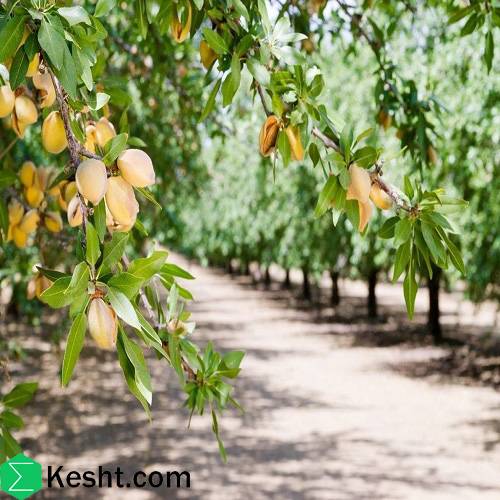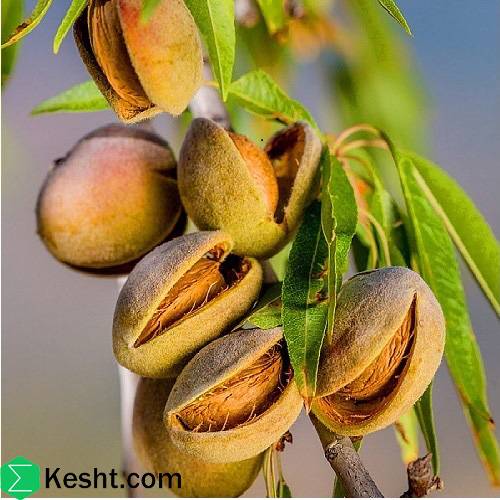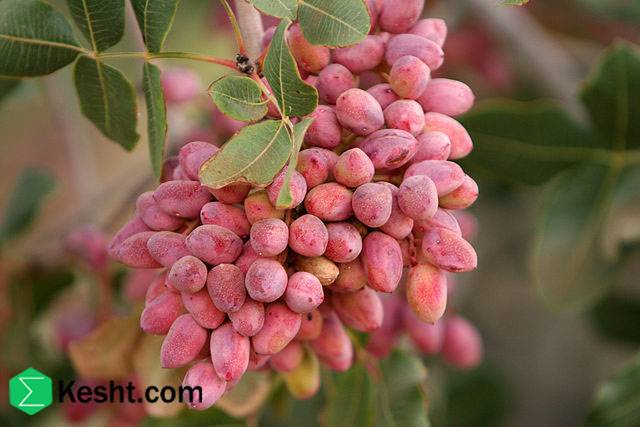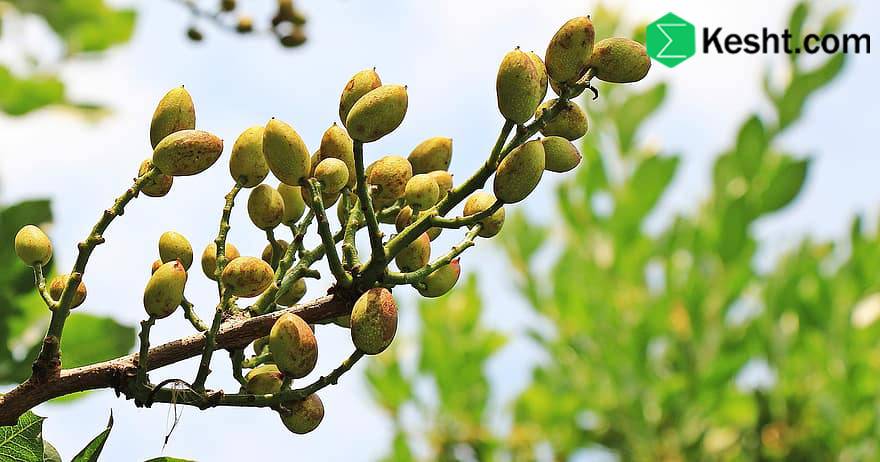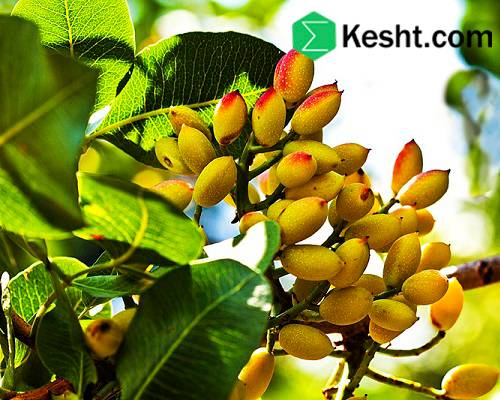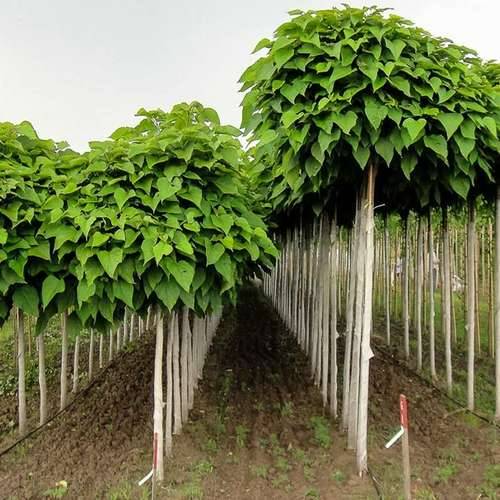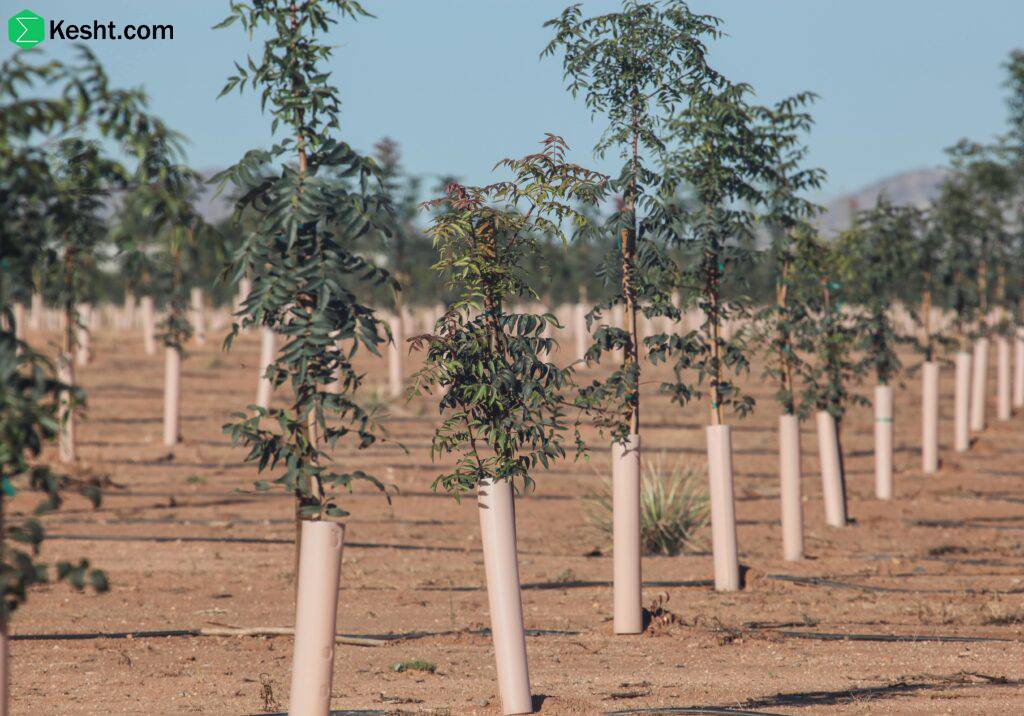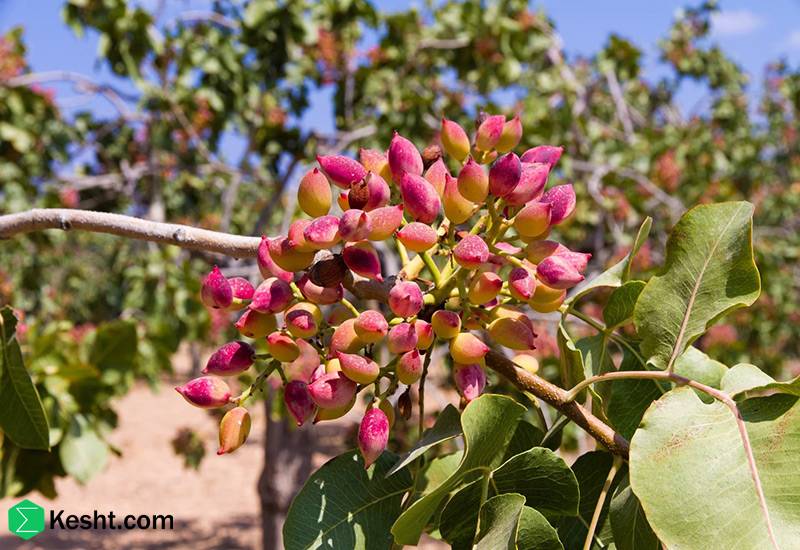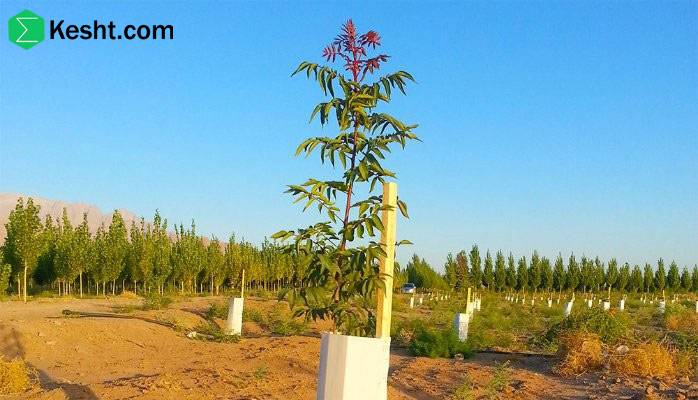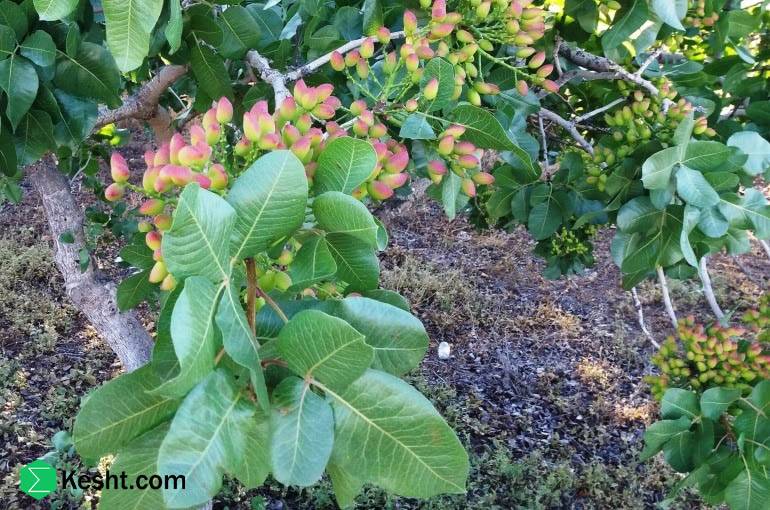Best seasons to plant hybrid pistachio seedlings (e.g., UCB‑1) across regions + first‑year care essentials Quick take - Golden rule: plant while trees are dormant and before intense heat or damaging winds so roots can establish. - Bare‑root is planted only during dormancy; container/bagged stock is more flexible, but still avoid heat waves. Recommended timing by climate/elevation | Climate/region (examples) | Bare-root (grafted/rootstock) | Container/bagged | Key notes | |---|---|---|---| | Cold highlands >1,500 m (e.g., high Khorasan, parts of Qazvin/Kurdistan) | Late Esfand → mid Farvardin (≈ late Mar → mid Apr) | Farvardin → Ordibehesht (≈ Mar → May) | Avoid autumn planting (frost risk). Soil must not be frozen or waterlogged at planting. | | Temperate semi‑arid 800–1,500 m (Yazd, Semnan, higher Kerman/Khorasan) | Mid Esfand → Farvardin (≈ mid Mar → Apr) | Mehr–Aban (≈ Oct–Nov) or Farvardin–Ordibehesht (≈ Mar–May) | Where autumn is stable and early frosts are rare, Oct–Nov is excellent (roots stay active over winter). | | Warm–dry central/southern <800–1,000 m (lower Rafsanjan, lower Yazd, warm plains of Kerman) | Esfand → early Farvardin (≈ Mar) | Mehr–Aban (best) or Esfand–Farvardin (≈ Oct–Nov or Mar) | Avoid heat from Khordad (≈ Jun) onward. Autumn planting lets roots reach depth before summer. | | Very warm with mild winters (Khuzestan, Bushehr, south Fars) | Dey–Bahman–Esfand (≈ Dec–Mar) | Mehr–Azar (≈ Oct–Dec) | Heavy rains = waterlogging risk; secure drainage. Avoid planting close to spring heat waves. | | Windy, hot–dry (Sistan & Baluchestan; “120‑day winds”) | Esfand (≈ Mar) | Mehr–Aban or Esfand (≈ Oct–Nov or Mar) | Plant before winds start; trunk guards, staking, and temporary/permanent windbreaks are essential. |

